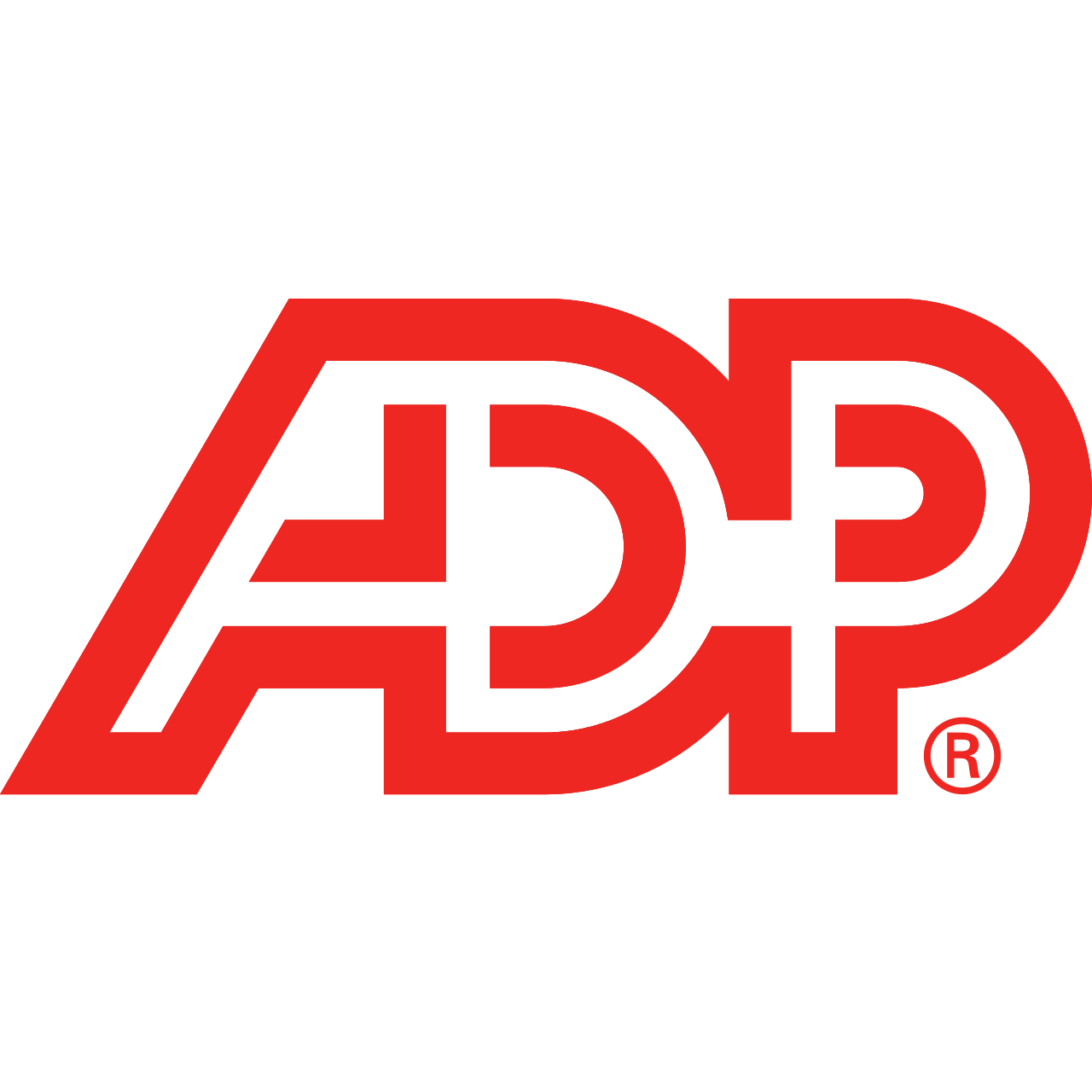It’s always nice to discover new options for lowering next year’s tax bill. The kiddie tax rules are just another way to protect your family’s budget. Leverage them correctly, and you’ll be in a better position to keep your tax liabilities down when it comes time to file.
How the Kiddie Tax Works
The Tax Reform Act of 1986 introduced the phrase “kiddie tax” and built rules around keeping parents from moving their investment income to their children in order to have it taxed at a lower rate. This “unearned income” is typically understood to include dividends, interest, and capital gains.
For 2022, a child is allowed to receive a maximum of $2,300 in unearned income without it being taxed at the parent’s tax rate. Generally, the first $1,150 of unearned income will be tax-free and the next $1,150 will be taxed at the child’s tax rate. Any excess over a sum total of $2,300 would then be taxed at the parent’s rate on the parent’s tax return.
This law applies to children under the age of 19, across the board. It’s also tied to full-time students under the age of 24 who provide less than 50 % of their own financial support.
Just remember—the kiddie tax doesn’t apply to earned income. For example, if your child or grandchild is collecting self-employed income through babysitting or another job, those wages won’t be counted toward that $2,300 limit. The tax also doesn’t impact any child's gifts during the year. Children over age 18 who provide for more than 50% of their support aren’t connected to the kiddie tax either.
Tips for Handling Your Child’s Unearned Income
While complications can arise if a child’s unearned income rises above $2,300, the kiddie tax rules can still benefit parents and grandparents. Here are a few best practices to consider:
1. Look for gains in the child’s investment accounts
The goal should be to maximize your use of the kiddie tax threshold. Selling stocks and capturing investment gains in your child’s accounts might give you the ability to establish a higher cost basis if you can buy those stocks back later.
2. Watch where the child’s unearned income gets reported
Don’t automatically assume that your child’s unearned income needs to be reflected on your own tax return. Having a tax planner or CPA do a quick review will help ensure you’re maximizing your tax benefits and not missing out on possible tax breaks such as the American Opportunity Credit.
3. Review your annual gift giving strategies
Thirdly, if you aren’t already reaching that top limit for your children’s tax-free investment income, it might be worth gifting some funds to them. Then you’ll be in a better position to make the most of those kiddie tax thresholds!
Let’s Get Your Tax Planning Underway
When done right, navigating the kiddie tax rules can be a great way to reduce your tax responsibility from year to year. But it’s also easy to make mistakes. Please be sure to reach out to your financial advisor or your tax planner to make sure you’re on the right track! Along the way, our team at NSO & Company is here to help!






